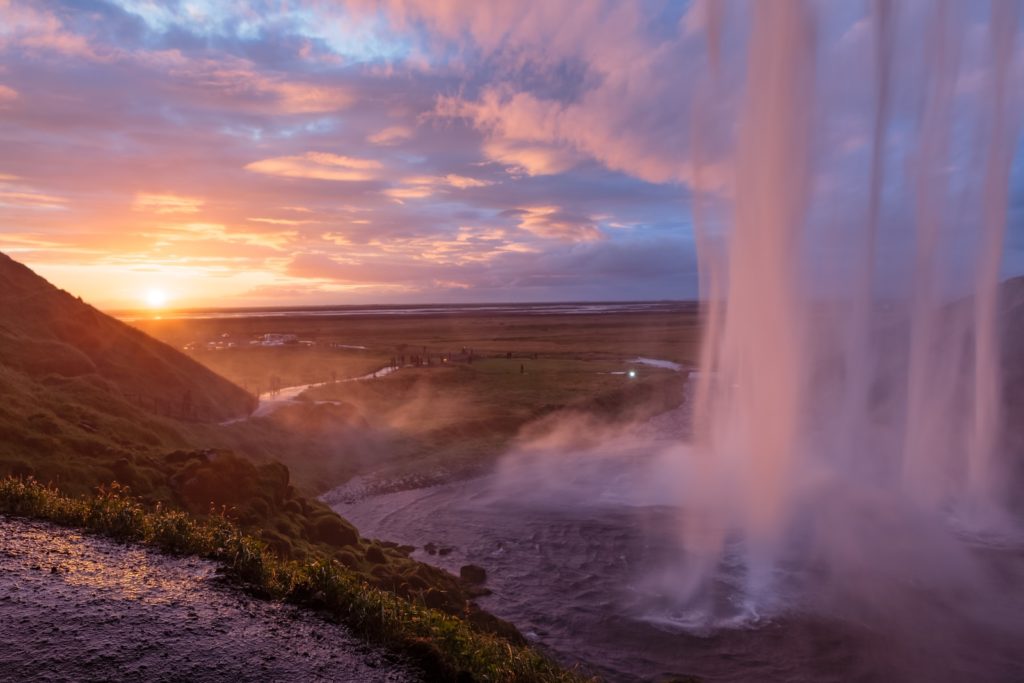Généralités sur l’ours
Les ours forment la famille de mammifères des ursidés (Ursidae), de l’ordre des carnivores (Carnivora). Le Grand panda, dont la classification a longtemps prêté à débat, est aujourd’hui considéré comme un ours herbivore au sein de cette famille. Il n’existe que huit espèces d’ours vivantes réparties dans une grande variété d’habitats, à la fois dans l’hémisphère Nord et dans une partie de l’hémisphère Sud. Les ours vivent sur les continents d’Europe, d’Amérique, et en Asie.
Source : https://fr.wikipedia.org/wiki/Ursidae
Symbolique :
L’animal totem de l’ours est emblématique de la force et de la connexion avec l’énergie de la Terre. Cet animal est vénéré dans de nombreuses traditions comme un totem puissant qui inspire ceux qui ont le courage de se battre contre l’adversité. Animal totem en contact avec la terre et les cycles de la nature, l’ours est un guide puissant favorable à la guérison physique et émotionnelle.
Source : https://www.animal-totem.fr/animal-totem-ours/
L’ours dans la culture populaire:
L’ours dans la culture des populations humaines en contact avec cet animal, qui partagea longtemps son biotope avec elles, a toujours occupé une place particulière. Dès l’époque préhistorique, il a incarné une divinité. (…) L’ours a été considéré comme un double animal de l’homme, un ancêtre tutélaire, un symbole de puissance, de renouveau, du passage des saisons, et même de royauté, puisqu’il fut longtemps symboliquement le roi des animaux en Europe. Étroitement associés à des pratiques et traditions animistes « païennes » parfois transgressives, l’ours et ses cultes furent combattus par l’Église catholique lors des évangélisations successives, ce qui conduisit à la dépréciation et à la diabolisation progressive de l’animal, jusqu’à lui donner une réputation de goinfrerie et de stupidité au Moyen Âge. Les traditions liées à l’ours survivent toutefois dans quelques communautés des régions septentrionales telles que la Sibérie, la Laponie, chez les Amérindiens, mais aussi dans les Pyrénées ; elles furent largement étudiées par les ethnologues. L’ours et le souvenir de ses cultes ont fortement marqué l’imaginaire et la culture populaire en général.
(source : wikipedia)
*******
The Bear Pose in Yin Yoga
General
Bears belong to the family of mammals Ursidae (Ursidae), of the order Carnivora (Carnivora). The Giant panda, whose classification has long been debated, is now considered a herbivorous bear within this family. There are only eight living bear species distributed in a wide variety of habitats, both in the Northern Hemisphere and in part of the Southern Hemisphere. Bears live on the continents of Europe, America, and Asia.
Source: https://fr.wikipedia.org/wiki/Ursidae
Symbolic:
The bear spirit animal is emblematic of strength and connection to the energy of the Earth. This animal is revered in many traditions as a powerful totem that inspires those who have the courage to fight against adversity. Animal totem in contact with the earth and the cycles of nature, the bear is a powerful guide favorable to physical and emotional healing.
Source: https://www.animal-totem.fr/animal-totem-ours/
The bear in popular culture:
The bear in the culture of human populations in contact with this animal, which for a long time shared its habitat with them, has always occupied a special place. From prehistoric times, he embodied a divinity. (…) The bear has been considered as a double animal of man, a tutelary ancestor, a symbol of power, of renewal, of the passing of the seasons, and even of royalty, since it was symbolically the king for a long time. animals in Europe. Closely associated with sometimes transgressive « pagan » animist practices and traditions, the bear and its cults were opposed by the Catholic Church during successive evangelizations, which led to the depreciation and progressive demonization of the animal, until to give him a reputation for gluttony and stupidity in the Middle Ages. The traditions linked to the bear survive however in some communities of the northern regions such as Siberia, Lapland, among the Amerindians, but also in the Pyrenees; they were widely studied by ethnologists. The bear and the memory of its cults have strongly marked the imagination and popular culture in general.
Photo par Zdeněk Macháček

